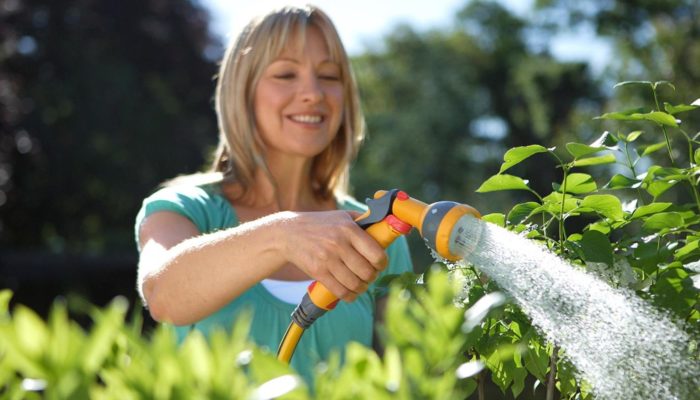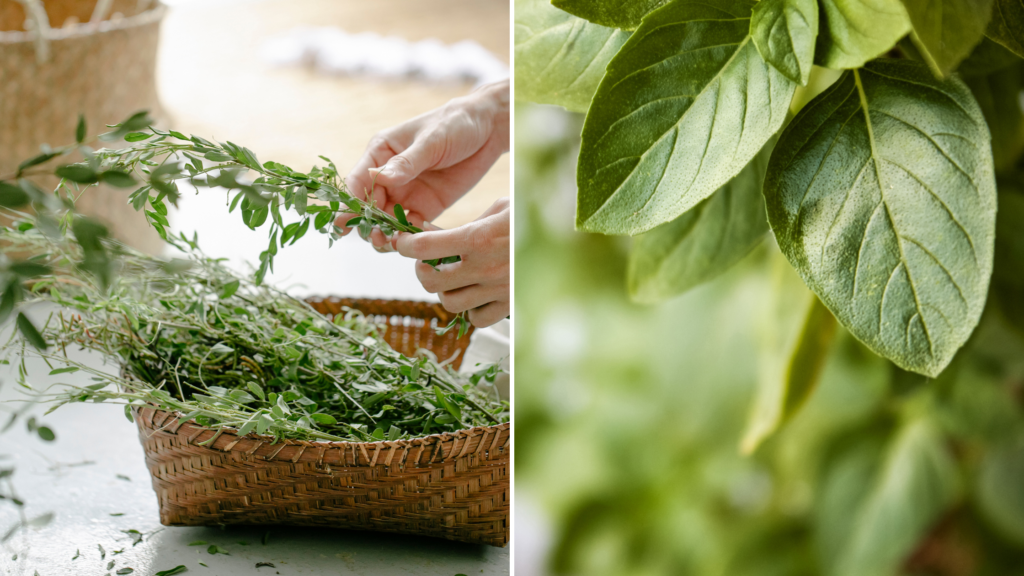Planting a tree is one of the most impactful contributions you can make to the environment and your garden.
Trees offer shade, clean the air, provide habitats for wildlife, and enhance the aesthetic appeal of your outdoor space. But choosing the right tree and knowing when and how to plant it can be a challenge.
This guide will take you through the essentials of tree planting, helping you become a successful tree gardener!

Why Plant Trees?
Before we jump into the how and when let’s talk about why trees are such a valuable addition to any garden:
- Environmental Benefits: Trees absorb carbon dioxide and release oxygen, playing a key role in combatting climate change. They also reduce urban heat islands, provide shelter for wildlife, and prevent soil erosion.
- Aesthetic Appeal: Trees can transform a landscape. Flowering trees add colour, while tall, majestic species create focal points.
- Economic Value: Properly placed trees can reduce energy bills by shading your house in the summer and acting as windbreaks in the winter.
- Emotional and Health Benefits: Studies show that spending time in green spaces with trees can reduce stress, enhance mood, and boost overall well-being.
Timing: When to Plant Trees
The time of year you plant a tree has a significant impact on its health and growth.
Trees are typically planted during their dormancy periods when they are not actively growing. Here’s a breakdown by season:
Fall (Ideal for Most Trees):
Fall is the best time to plant deciduous trees (those that lose their leaves). The cooler temperatures and increased rainfall of autumn encourage root development before the winter dormancy, giving trees a head start in the growing season. By the time spring arrives, the tree is well-rooted and ready to grow.
Trees like oaks, maples, elms, and fruit trees benefit from fall planting.
Tip: Try to plant trees at least six weeks before the first hard frost to give them enough time to establish roots.
Spring (Second Best):
Spring is another suitable time to plant trees, particularly if you missed the fall window or are planting evergreens like pines, spruces, or firs.
Trees are just waking up from dormancy, and the warming soil encourages strong root growth.
However, be cautious: in areas with hot, dry summers, trees planted in spring may struggle with heat stress. Keep an eye on watering during the hotter months.
Winter:
In regions with mild winters, such as the southern United States or Mediterranean climates, winter can be a great time to plant trees. Just avoid periods when the ground is frozen, as this can damage roots.
Summer (Generally Not Recommended):
Summer planting is risky due to the heat and dry conditions.
Trees planted in summer are more prone to dehydration and stress, which stunts their growth.
If summer is your only option, provide ample water and mulch to help retain moisture.

Tree Types: Which Tree Should You Plant?
Choosing the right tree depends on your location, climate, and garden needs. Here are popular tree types and some insights on their planting requirements.
Deciduous Trees: (Maples, Oaks, Ash, Birch)
Best Time to Plant: Fall
Benefits: Provide shade in the summer and let sunlight through in winter when their leaves fall.
Planting Tips: When planting large deciduous trees, give them plenty of room to grow both above and below ground. These trees need deep, well-draining soil.
Deciduous Trees
Evergreen Trees: (Pines, Spruces, Cedars)
Best Time to Plant: Early Spring or Fall
Benefits: Evergreen trees retain their leaves or needles year-round, providing year-long beauty, privacy, and shelter for wildlife.
Planting Tips: Ensure your evergreen has plenty of water, especially in its first year. Evergreen trees thrive in slightly acidic soil, so test your soil and adjust accordingly.
Evergreen Trees
Fruit Trees: (Apple, Pear, Plum, Citrus)
Best Time to Plant: Late Winter to Early Spring (bare-root trees); Fall (container-grown trees)
Benefits: Not only do they provide beautiful blossoms in spring, but they also give you delicious, homegrown fruit.
Planting Tips: Fruit trees need plenty of sunlight (at least 6-8 hours a day) and well-drained soil. Plant them in a spot with good air circulation to avoid fungal diseases. Consider spacing carefully, as some trees require cross-pollination for fruiting.
Fruit Trees
Flowering Trees: (Dogwood, Magnolia, Cherry, Redbud)
Best Time to Plant: Fall or Spring
Benefits: These trees provide stunning floral displays that make them the centrepiece of any garden.
Planting Tips: Flowering trees often have shallower root systems, so make sure they’re well-watered and mulched to protect against drought. Choose a location that suits their size and spread at maturity.
Flowering Trees
Native Trees
Best Time to Plant: Depends on the species, but fall is generally ideal.
Benefits: Native trees are adapted to local climates, meaning they require less maintenance, water, and fertiliser than non-native species. Plus, they support local wildlife.
Planting Tips: Research your local ecosystem to find the best native trees for your region. Some popular examples in the U.S. include the Eastern Redbud, American Beech, and Douglas Fir.
Native Trees
Planting a Tree: Step-by-Step Guide
Planting a tree properly ensures its long-term health.

Place the Tree:
Remove the tree from its container or wrapping carefully. Place it in the hole so the top of the root ball is level with the surrounding soil. If planting a bare-root tree, spread the roots out gently in the hole.

Backfill and Water:
Backfill the hole with the soil you removed, gently tamping it down to remove air pockets. Water the tree thoroughly to help settle the soil and hydrate the roots.

Add Mulch:
Spread a 2–4-inch layer of mulch around the base of the tree, keeping it a few inches away from the trunk. Mulch helps retain moisture and suppress weeds, which compete with the tree for nutrients.

Choose the Right Spot:
Consider the tree’s mature size. Make sure it’s far enough from buildings, sidewalks, and power lines. Also, ensure it gets the right amount of sunlight.

Dig the Right Hole:
Dig a hole that’s 2-3 times wider than the tree’s root ball but no deeper than the root ball itself. This allows roots to spread out but prevents the tree from being buried too deep, which can suffocate roots.

Prepare the Soil:
Amend the soil with organic matter like compost if it’s heavy clay or sandy. The goal is to create a loose, well-draining environment for the roots.

Water Regularly:
During the first year, water your tree deeply every 7-10 days (more often in hot, dry weather). As it establishes roots, you can gradually reduce watering.
Caring for Your Trees
Once your tree is planted, the key to its survival and success is proper care. During the first couple of years, your tree is still establishing its root system, so consistent watering, mulching, and protection from pests or diseases are essential.
As you nurture your tree, take pride in knowing that you’ve made a long-lasting contribution to your environment. Each tree you plant is not only a gift to your garden but to future generations, providing shade, beauty, and life for years to come.
Get Planting!
To see our full spectrum of gardening knowledge, click here!


































